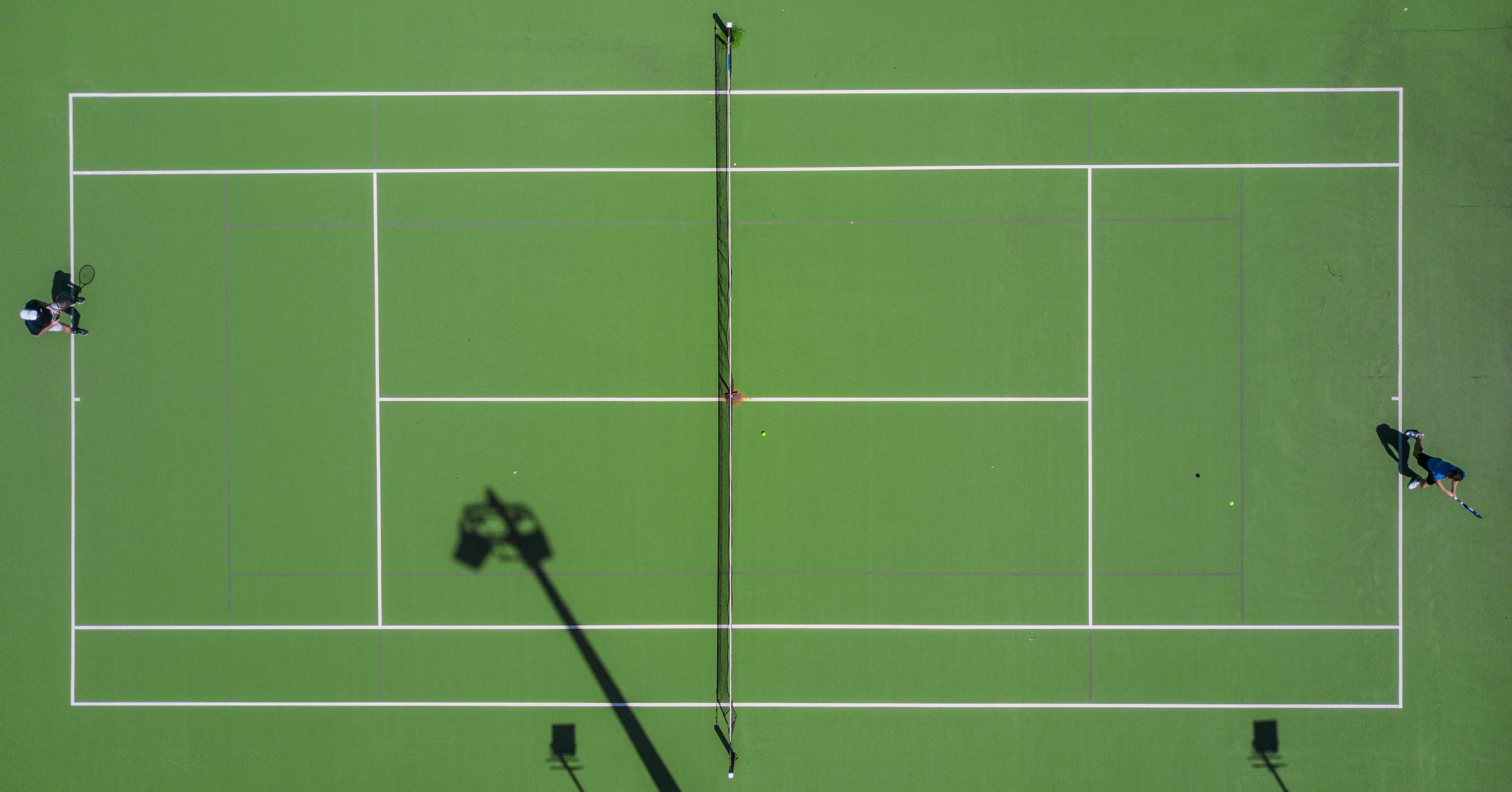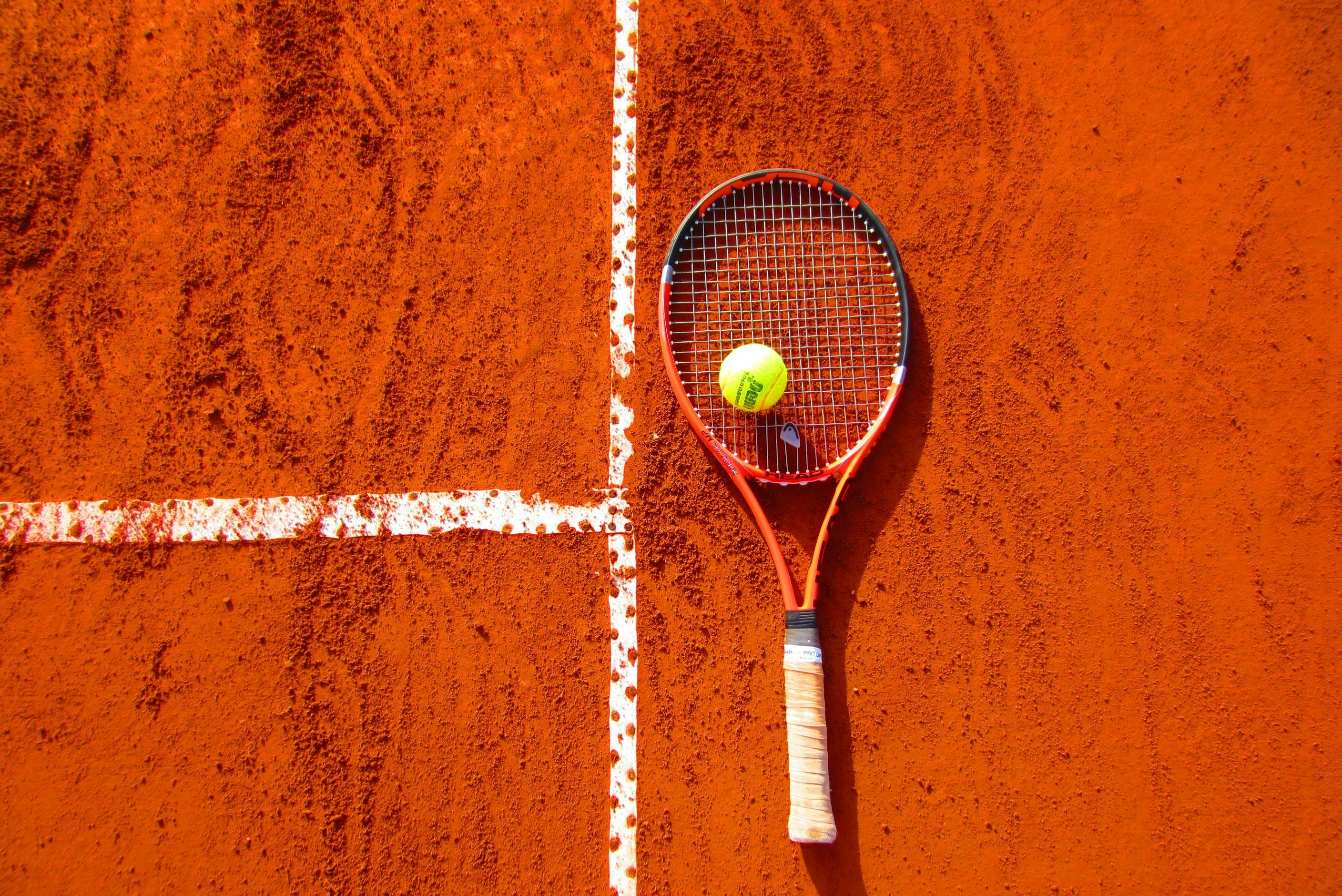Tennis balls are an essential piece of equipment in every tennis match and practice session. They come in a can to protect the balls from moisture and dirt, as well as to provide a convenient way to store them. The cans also make it easy to transport multiple balls without having to carry them individually. This ensures that the balls stay in top condition without being damaged by external elements.Tennis balls are round, fuzzy, hollow balls made from rubber or synthetic rubber material. They are designed to be used in the sport of tennis and are typically brightly colored for visibility during play. The standard size for a tennis ball is 65-68 mm in diameter and weighs between 56-59 grams.
What Makes Tennis Balls Special?
Tennis balls are one of the most important pieces of equipment used in the sport of tennis. They are designed to provide a consistent bounce and spin, which is essential for playing a successful game. Tennis balls have a unique construction that makes them distinct from other types of balls. The outer covering is made of rubber or felt, and they are filled with air or pressurized gas. This combination creates a ball that is light enough to move quickly, yet heavy enough to provide maximum bounce and spin.
The felt covering on tennis balls also helps the ball to travel further when struck with a racket. This reduces air resistance and provides better control over shots. Another important feature of the felt covering is that it wears down over time due to use, which helps reduce the amount of spin that can be applied by players. This means that players must adjust their shots accordingly as the match progresses in order to maintain their advantage over their opponents.
The size and weight of tennis balls also play an important role in their performance. The International Tennis Federation (ITF) determines the size and weight for all official matches, which ensures that all players have access to identical equipment during competition. The ITF also regulates the type of materials used in tennis ball construction so that all players have access to quality equipment.
Overall, tennis balls offer a unique combination of characteristics that make them ideal for use in competitive play. Their lightweight design ensures they move quickly across court surfaces, while their hard outer coverings provide maximum bounce and spin control. Additionally, their regulated size and weight ensure consistency between games, giving players an equal opportunity to succeed on the court regardless of who they are facing off against.
How Are Tennis Balls Constructed?
Tennis balls are composed of several layers of rubber, felt, and other materials. The core is usually made of pressurized air and a solid rubber center. The core is then encased in two pieces of rubber that have been vulcanized together. This process creates a durable outer shell that prevents the tennis ball from breaking apart easily and also helps to maintain the ball’s shape over time. The felt layer is then added to the outside of the rubber shell, which helps to provide the bounce characteristics that are essential for playing tennis. Finally, a thin layer of paint is applied to give the ball its bright color and eye-catching design.
The manufacturing process for tennis balls is quite complex and requires high levels of quality control in order to ensure consistent performance from one batch to another. To ensure that each ball meets strict standards, manufacturers use automated machines that can monitor pressure levels and other factors during production. This ensures that each batch of balls maintains consistent performance characteristics such as bounce height, spin rate, and durability.
Why Are Tennis Balls Packaged in Cans?
Tennis balls are usually packaged in cans due to their unique shape and size. The can allows the balls to be stored safely and protects them from damage or dirt. Additionally, the can helps keep the balls from rolling around which makes them easier to store and transport. Cans also provide a layer of protection from moisture, which is important for keeping the balls in good condition for longer periods of time. Furthermore, cans allow for easy access to the tennis balls without having to remove them from a container or other packaging material. All of these factors lead to tennis balls being packaged in cans as it is the most efficient and cost-effective way of storing and transporting them.
Finally, when you purchase a can of tennis balls they are usually sealed shut, keeping them fresh and ready for use whenever you need them. This is especially useful if you need to take some on-the-go or store them for extended periods of time. Cans also provide a great way to stack multiple cans together, making it easier for retailers to store large quantities of tennis balls without taking up too much space.
Different Types of Tennis Ball Cans
Tennis ball cans come in various sizes, shapes, and materials. Depending on the type of tennis ball used, the can it is stored in can vary. The most common tennis ball cans are plastic containers that hold between 3-6 balls. These are generally used for recreational play and are not suitable for professional or tournament play. Additionally, some professional players might prefer to store their balls in metal cans that can hold more than 6 balls. These cans also provide more protection for the tennis balls, as they are more durable than plastic containers.
For those who like to use a variety of different tennis balls during practice sessions or tournaments, there are also specialty tennis ball cans available. For instance, there are cans specifically designed to store pressurized and non-pressurized balls. These cans offer an airtight seal to ensure that the pressure within the can remains consistent and the balls last longer. They also provide better protection against moisture and other elements that could potentially damage the tennis balls over time.
Alternatively, some players might prefer to store their extra tennis balls in resealable plastic bags rather than using a traditional canister. This allows for easier access when needing to switch out balls during a match or practice session and provides an additional layer of protection against dirt and dust. Resealable bags also take up less space than traditional cans, making them a great option for players who don’t have much storage space available.
No matter what type of tennis ball can is chosen, it is important to make sure that the container is large enough to accommodate all of the desired tennis balls without overcrowding them or putting too much pressure on them inside of the container. Additionally, it is important to choose a container that will provide adequate protection against moisture and other elements that could cause damage over time if not properly contained. With so many options available today, finding the right type of container for one’s individual needs should be relatively easy!

Pros of Can Packaging
Can packaging has several advantages. Firstly, it is an excellent form of food and beverage preservation as it provides a barrier to protect the contents from outside elements. Additionally, cans are lightweight and easy to transport, making them an ideal option for shipping goods. Furthermore, cans are made from recyclable materials and can be easily recycled after use. This makes them an environmentally friendly choice for packaging products. Furthermore, cans offer a great deal of protection against tampering or contamination since they are sealed until opened.
Cons of Can Packaging
One major disadvantage of can packaging is that it is more expensive than other forms of packaging. Additionally, the production process for cans requires more energy and resources than other forms of packaging. Cans also take up considerable space in landfills due to their size and non-biodegradable properties. Furthermore, cans may contain potentially harmful chemicals such as BPA which can leech into food products if not properly sealed or if left in extreme temperatures for extended periods of time. Finally, the sharp edges of the can make them a hazard when handling without proper safety equipment, making them less safe than other forms of packaging.
Transportation Considerations
When planning for product transportation, it is important to consider the type of product, the route and the mode of transport. Different products can have different requirements when it comes to transportation, such as temperature control requirements or specialized packaging. Depending on the route and mode of transport, additional considerations should be taken into account, such as transit times, availability of transport services or customs regulations. It is also important to ensure that all necessary documents or permits are in place before the product is shipped.
Storage Considerations
When storing products, it is important to consider factors such as temperature and humidity levels. Products that require refrigeration or freezing should be stored in appropriate facilities, while sensitive materials may require special storage conditions such as controlled light exposure or air filtration. It is also important to consider the layout of a storage facility, particularly when dealing with hazardous materials or products that need to be kept separated from each other. Additionally, security measures should be considered when storing valuable goods or products with a high risk of theft.simple and easy to understand
Environmental Impact of Can Packaging
Cans are a convenient and popular packaging option for many types of food and beverage products. However, they also come with a cost to the environment due to their production and disposal. Cans are made from aluminum, which is energy-intensive to produce, and the production process emits greenhouse gases into the atmosphere. Additionally, cans are often lined with plastic or wax coatings to prevent contact with food or beverage products, adding more non-biodegradable waste to landfills.
Once cans have been used, they can be recycled but only if they are properly sorted. This means that cans must be separated from other types of plastic or paper packaging before being sent for recycling. If not properly sorted, cans can end up in landfills where they will not break down for hundreds of years. This adds to the amount of waste in landfills and contributes to air and water pollution.
The environmental impact of can packaging is significant and should be taken into consideration when deciding what type of packaging to use for food or beverage products. While cans may be a convenient and cost-effective choice in the short-term, their long-term environmental impact should be carefully considered before making a decision.

Conclusion
Tennis balls come in a can for many reasons. It helps protect them from damage, makes them easier to store and transport, and helps to maintain their pressure over time. The cans also make it easier to identify different types of balls, as manufacturers often include designations on the outside of the can. The cans also provide a convenient way to purchase multiple balls at once. While tennis balls can be purchased in bulk without the can, this option usually is more expensive and requires additional storage space.
Overall, the convenience and functionality of tennis balls coming in a can outweighs any potential negatives, making cans an ideal way to purchase your tennis balls.




